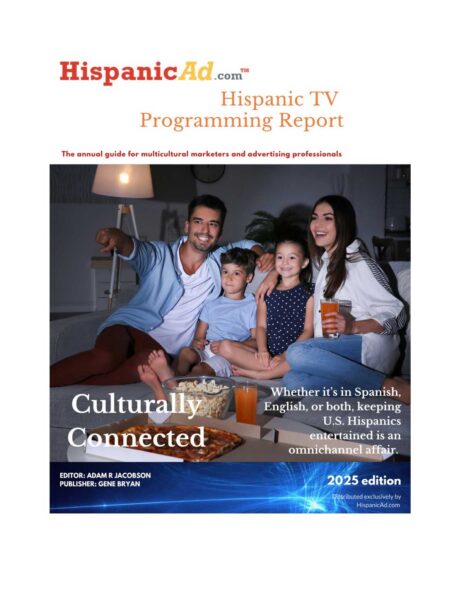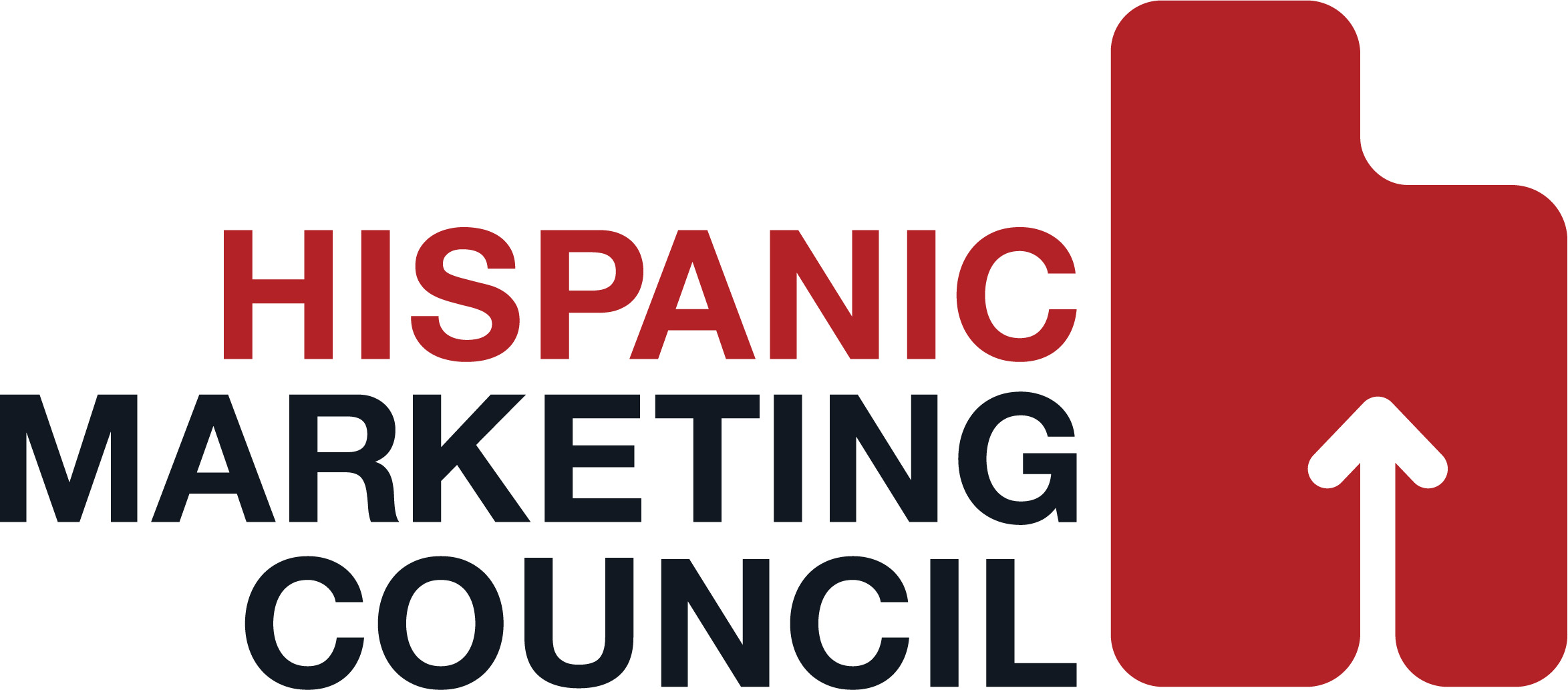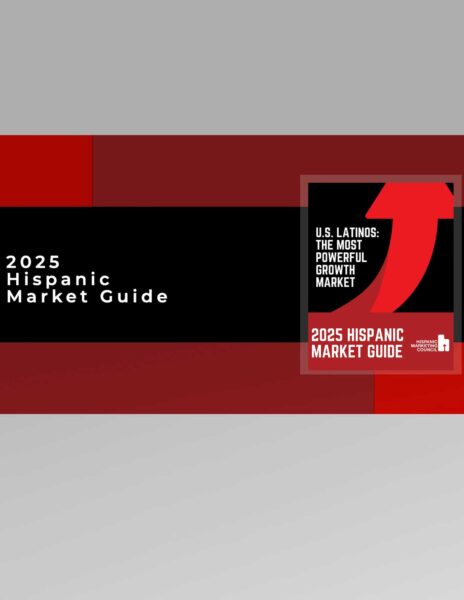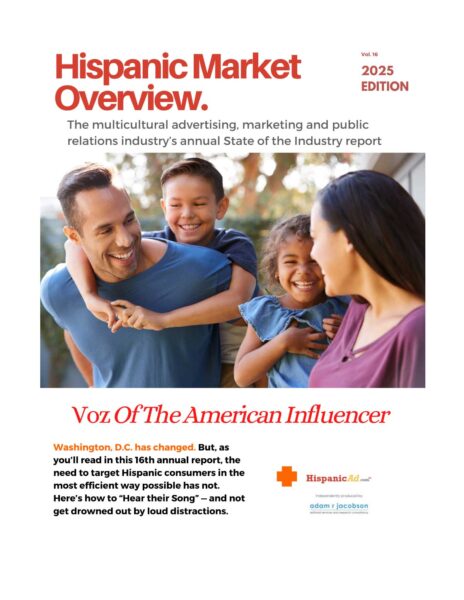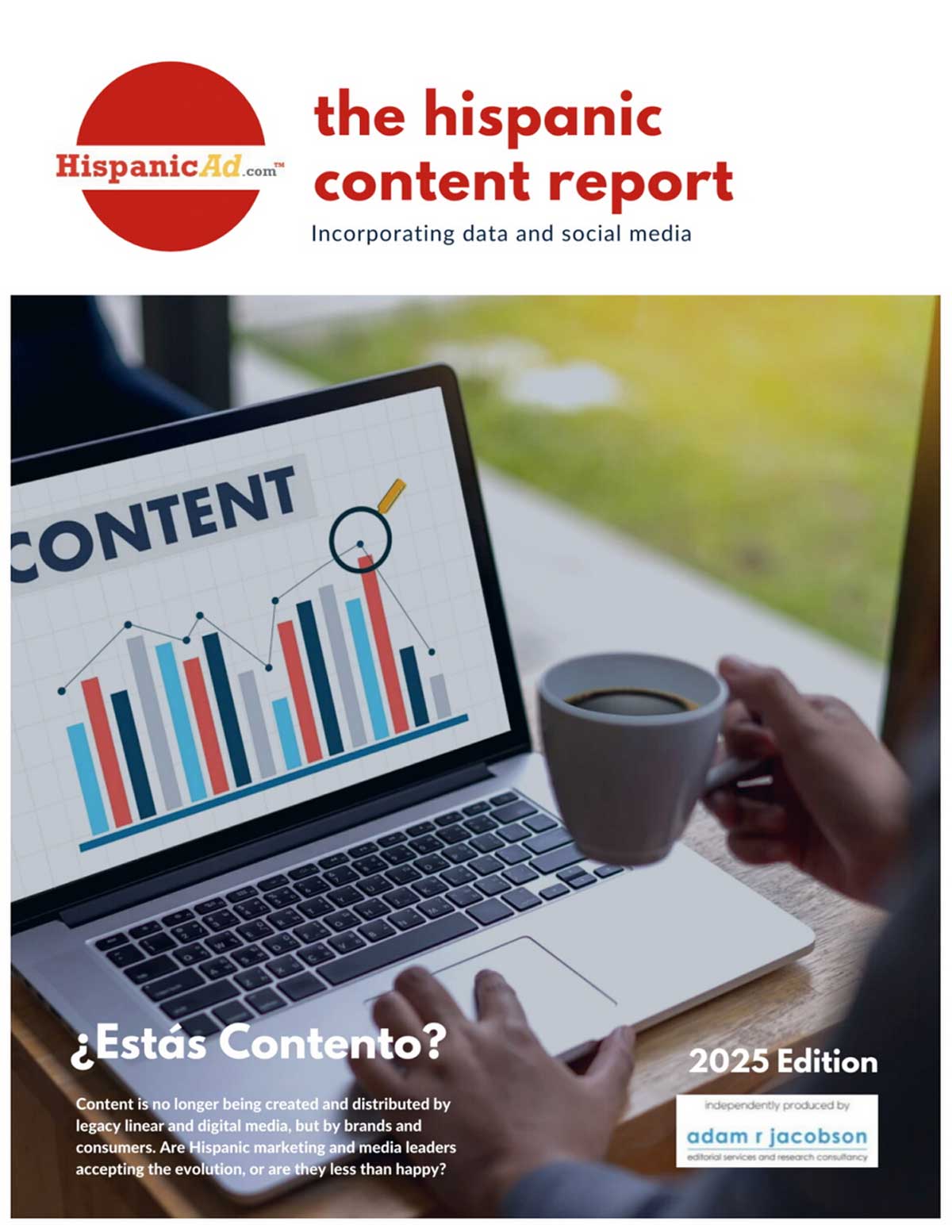Research
Population Growth Reported Across Cities and Towns in All U.S. Regions

Cities of all sizes grew on average from 2023 to 2024 with Southern and Western cities experiencing accelerated growth. Topping the list of fastest-growing cities was Princeton, Texas with a remarkable 30.6% growth rate, according to the U.S. Census Bureau’s Vintage 2024 estimates released today. New York City, Houston and Los Angeles saw the greatest numeric gains during this time and some cities in the Northeast and Midwest marked their first population increase in recent years.
New Back To The Office Study: Marketer, Agency, And Average American Commutes Surge As AM/FM Radio Is The Queen of The Road

What is the latest on the state of media agency and marketer commuting patterns? What is the latest on the average American commute? Marketers and media agencies are increasing their commutes and spending more days at the office, according to a brand-new Advertiser Perceptions study of 305 media agencies and brands commissioned by the Cumulus Media | Westwood One Audio Active Group®. Interviews took place April 1-8, 2025 and the results were compared to seven Advertiser Perceptions studies conducted every six months beginning in April 2022.
What Latin Music’s Global Rise Teaches Us About Culture, Consumers, and the Future of Marketing

In this episode of The New Mainstream podcast, Jose Abreu, Vice President of Digital Marketing & Streaming, Latin Iberia Region, at Sony Music Entertainment, explores how technology, culture, and consumer behavior are reshaping the future of music and what brands can learn from it.
“The New Media Multiverse” Reveals Fundamental Shifts in Media Consumption and Brand Engagement Reshaping the Marketing Landscape

The traditional marketing playbook is rapidly becoming obsolete as emerging consumption patterns reshape how audiences engage with brands, according to the research from Horizon Media's in-house research unit WHY Group and Blue Hour Studios, Horizon's full-service social and influencer agency.
States with High Numbers of In-Movers From Other States Didn’t Necessarily Have High Shares of Recent Arrivals in 2023

If you lived in the District of Columbia, North Dakota, Alaska, Idaho, or Vermont in 2023, chances are relatively high you or your neighbor had moved there from another state within the prior year. But if you lived in California, a much larger state that attracted many more movers from other states over the same period, the likelihood of being in proximity with a recent in-mover, or someone who arrived in that state from another state within the prior year, was slimmer.
Impact of Video On-the-Go in Driving Consumer Action [REPORT]

MAGNA, the media intelligence unit within IPG Mediabrands, and GSTV, a leading, national on-the-go video network, have released “The Power of Video Everywhere”—a new research study that highlights how reaching consumers off the couch and outside the home can significantly influence purchase behavior. By connecting with people at moments of active decision-making, advertisers can drive real action, particularly for brands in verticals like dining and retail seeking to attract customers to their physical locations.
In-Store vs. Online? How 2025 Consumer Shopping Habits Impact Brands

As we navigate a year of economic uncertainty and shifting consumer shopping preferences, ThinkNow’s latest Clicks vs. Carts: 2025 Shoppers Report reveals a nuanced picture of how Americans are shopping in 2025, and what that means for retailers, marketers, and brands looking to stay competitive. The quantitative research report is based on a nationally representative sample of 1,500 consumers from ThinkNow’s market research panels and breaks out the findings by age and ethnicity.
Breaking the Silence: Why Audio Must Catch Up in Programmatic

According to recent data from eMarketer, three in every 10 dollars spent on digital audio is transacted programmatically, compared to nine in 10 for display. So, what's holding marketers back from pushing audio to catch up? Except for legacy radio advertisers, most marketers have a blind spot when it comes to audio; from the initial strategy and concepting through planning, a lack of understanding and prioritization has held investment in audio back. There are three major changes that marketers should adopt to realize the impact of audio: including audio creative, adopting a marketplace approach to buying audio, and leveraging modern audience and measurement tools.
As Penetration of 5G Home Internet Service Grows Among U.S. Households, New Horowitz Study Shows High Satisfaction

Mobile providers like T-Mobile, AT&T, and Verizon have been aggressively rolling out 5G home internet (also known as FWA, or fixed wireless access) in more U.S. markets over the past year. Penetration of the service has now reached 12%, and more than half (56%) of non-FWA subscribers are likely to consider the service when it becomes available in their area, according to Horowitz’s latest annual report, State of Media, Entertainment & Tech: Subscriptions 2025.
Homeownership slips further out of reach for all California ethnic groups amid rising mortgage costs

Buying a home in California became less affordable for all ethnic groups last year, as interest rates remained elevated and the typical monthly mortgage payment for a median-priced detached home rose 6 percent compared to the previous year, the CALIFORNIA ASSOCIATION OF REALTORS® (C.A.R.).
Inequities in HCP Training and Practices [REPORT]

Havas Health Network, the largest global health and wellness network, and Republica Havas Health, the award-winning cross-cultural healthcare and pharma marketing agency of Havas, have launched "The Hidden Divide: Examining Inequities in Healthcare Provider Training and Practices."
Are CMOs Now Entering the Gig Economy? [PODCAST]

On Scope host Mike Berberich and show producer Ryan Dinger react to a story in ANA Magazine on the rise of fractional CMOs. The duo outlined the pros and cons of this new development and speculate on if CMOs will now be entering the gig economy.
What’s behind March’s retail sales spike? [REPORT]

Last week, the Census Bureau released a strong set of retail sales figures. Total retail sales were up 1.4% over February and 4.6% higher than March last year. Of course, this came as no surprise to NRF, as our Retail Monitor data predicted this positive result.
Asian American Audiences Are Reshaping Sports, Digital Media and Beauty Trends [REPORT]

Asian American, Native Hawaiian, and Pacific Islander (AANHPI) consumers are driving major shifts in digital commerce, sports engagement, and beauty trends, according to Nielsen’s latest 2025 report – Breakthrough ROI: Investing in Asian American audiences and media.
U.S. Metro Areas Experienced Population Growth Between 2023 and 2024

The population of U.S. metro areas collectively continued to increase in 2024, growing slightly faster than the nation, according to recent U.S. Census Bureau population estimates.
How Does the ‘Fractional CMO’ Measure Up?

What do a plumbing company in Texas, a construction firm in Colorado, and HVAC and roofing companies in South Carolina have in common? All four have the same CMO or, more accurately, "fractional CMO," who reports to each firm's CEO and manages the marketing team on a part-time basis while working remotely. "I work 10 to 15 hours per client at the beginning, but once we set the strategy and things are moving, my time drops back to four or five hours a week," says Ben Finklea, founder and CEO of Volacci, which places fractional CMOs at organizations in need and who has worked with companies such as e-MDs, Fast Company, and Yeti Coolers. "I'm just there to make sure that the marketing teams are getting done what they're supposed to get done."
Internet Advertising Revenue Report: Full Year 2024 [REPORT]

Just released: IAB/PwC Internet Advertising Revenue Report: Full Year 2024. The digital advertising industry reached a record $259 billion in revenue in 2024—a 15% year-over-year increase, highlighting its ability to adapt to changing technologies and consumer behaviors.
2025 Top 50 Global Retailers

The National Retail Federation today announced the 2025 Top 50 Global Retailers. Conducted by Kantar, the list ranks the leading international retailers based on their revenue throughout 2024.
TV or Digital: What’s winning global audiences?

The rise of digital platforms and streaming services like Netflix, YouTube, and TikTok has revolutionized content consumption by offering on-demand entertainment that fits our mobile lifestyles. While this digital surge has significantly impacted viewing habits, traditional media has proven resilient—especially broadcast television, which continues to draw substantial audiences for live sports, popular series, and local news.
The Power of Household Identity in the New TV Era [REPORT]

Blockgraph, the privacy-first data collaboration platform designed to fuel the future of connected TV advertising, and the American Association of Advertising Agencies (“the 4As”) released new research report titled, “Reconvening in the Home: The Power of Household Identity in the New TV Era”. Ahead of this year’s upfronts, the research offers a strategic roadmap, revealing how household identity will increasingly play a central role in shaping upfront negotiations, outcome-based guarantees, multi-screen media planning, and performance-based measurement.











